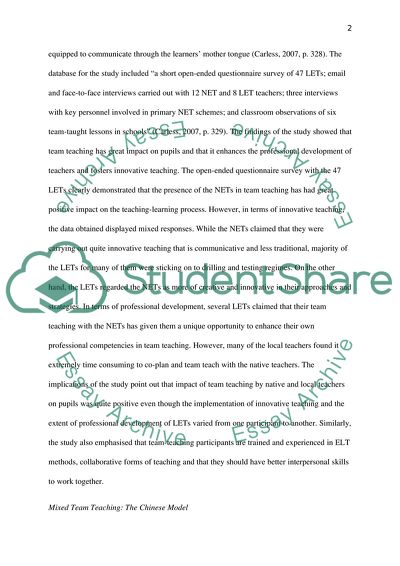Cite this document
(Aspects of Language Teaching by Mixed Teaching Teams Coursework - 1, n.d.)
Aspects of Language Teaching by Mixed Teaching Teams Coursework - 1. Retrieved from https://studentshare.org/english/1748560-aspects-of-language-teaching-by-mixed-nativenon-native-teaching-teams
Aspects of Language Teaching by Mixed Teaching Teams Coursework - 1. Retrieved from https://studentshare.org/english/1748560-aspects-of-language-teaching-by-mixed-nativenon-native-teaching-teams
(Aspects of Language Teaching by Mixed Teaching Teams Coursework - 1)
Aspects of Language Teaching by Mixed Teaching Teams Coursework - 1. https://studentshare.org/english/1748560-aspects-of-language-teaching-by-mixed-nativenon-native-teaching-teams.
Aspects of Language Teaching by Mixed Teaching Teams Coursework - 1. https://studentshare.org/english/1748560-aspects-of-language-teaching-by-mixed-nativenon-native-teaching-teams.
“Aspects of Language Teaching by Mixed Teaching Teams Coursework - 1”, n.d. https://studentshare.org/english/1748560-aspects-of-language-teaching-by-mixed-nativenon-native-teaching-teams.


